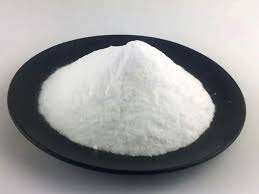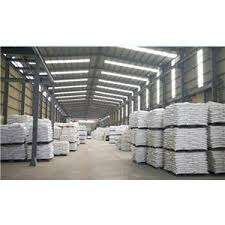monohydrate dextrose price
Monohydrate dextrose price represents a crucial factor in the global sweetener and pharmaceutical markets. This crystalline form of glucose, containing one molecule of water per glucose molecule, serves as a fundamental ingredient across various industries. The pricing structure typically reflects factors such as production costs, market demand, and supply chain efficiency. Current market analysis shows that monohydrate dextrose prices vary between regions, with factors like raw material availability, energy costs, and transportation expenses playing significant roles. The product's high purity levels and consistent quality standards contribute to its pricing premium compared to other glucose forms. Manufacturing processes, including corn or wheat starch hydrolysis, influence the final cost structure. The price point also considers the product's versatility in applications ranging from food and beverage manufacturing to pharmaceutical formulations. Quality certifications, such as FDA approval and GMP compliance, add value to the pricing framework. Market dynamics indicate that bulk purchases often receive preferential pricing, while smaller quantities may command premium rates. The global supply chain network and regional production capacities significantly impact the final price point offered to customers.


